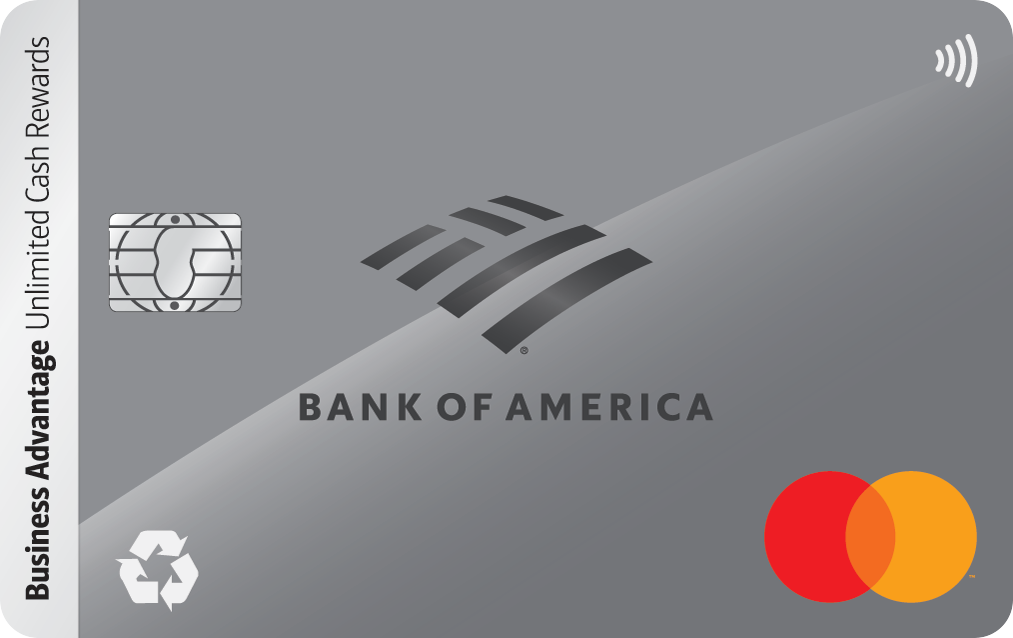4 Ways to Get a Steady Paycheck After You Retire

Image source: Getty Images
You're retired… now what? For decades, you got paid like clockwork every two weeks from an employer. But now the paychecks have stopped and you've got to figure out how to pay yourself from your own savings.
That can feel a little weird… maybe even stressful.
But don't worry -- this problem has a few easy solutions. Millions of retirees have successfully turned investments into steady, reliable income streams.
Here are four easy ways to make it happen.
1. Retirement account withdrawals
The first and simplest way to create a retirement paycheck is by planning regular withdrawals from your 401(k), IRA, or brokerage accounts.
The classic approach most financial experts recommend is the 4% rule. Basically, you withdraw 4% of your total portfolio in the first year of retirement, then a little bit more each year as you adjust for inflation.
For example, if you have a $1 million portfolio, you would withdraw $40,000 in Year 1. Then in year 2, you might withdraw $41,200 which would account for inflation at a 3% rate.
A few things to consider when planning withdrawals:
- Some account types have required minimum distributions (RMDs), like 401(k)s and traditional IRAs.
- It can be smart to leave Roth accounts untouched as long as possible, due to tax-free growth and withdrawals.
- Withdrawing a little less during market downturns can help your portfolio stay strong and last longer.
Pro tip: Many retirees keep a big cash buffer -- sometimes six to 12 months' worth of expenses -- in a high-yield savings account. That way, if the market dips, you're not forced to sell investments at a loss just to cover your bills.
2. CD ladders
A CD ladder is a way to spread out your money so it's not all locked up at the same time.
Let's say you've got $100,000 to invest. Instead of putting it all into one 5-year CD, you could break it into chunks. Like $50,000 in a 1-year CD, $25,000 in a 2-year, and $25,000 in a 3-year. As each one matures, you can either cash it out or roll it into another CD.
This setup gives you steady access to your money and helps you earn a solid return along the way. Right now, some banks are offering upwards of 4.00% APY.
Best of all, CDs are FDIC insured (usually up to $250,000 per bank), which means there's no risk of losing funds up to that amount.
One great bank right now for high CD rates is Synchrony Bank. It's currently offering a standout 4.25% APY on a 15 Mo. term. Find out more and open one of these top-tier CDs today.
3. Fixed deferred annuities
A fixed deferred annuity is kind of like a CD, but instead of buying from a bank, they are issued by insurance companies.
You start by investing a chunk of money, which grows at a fixed interest rate. The money is locked in for a fixed term, and you start receiving payments later.
Fixed deferred annuities require a little planning ahead, because your money is "locked in" for several years. But the upside is you get guaranteed, predictable growth with zero market risk.
Many fixed annuities today offer rates around 5% to 6% annually. Just make sure it includes a death benefit, so your heirs don't lose out if something happens to you.
4. Dividend stocks (or funds)
Many big-name companies pay quarterly dividends to their shareholders. These are usually massive, profitable companies like Coca-Cola, Johnson & Johnson, or Procter & Gamble.
If you own shares in a company that pays dividends, you can look forward to a slice of the profits every time they pay out.
That said, it's not smart to put all your eggs in one dividend basket. That's where dividend ETFs or mutual funds come in. These funds spread money across dozens (or hundreds) of dividend-paying companies so you don't have to pick and choose.
Mix and match your paycheck plan
There's no one perfect strategy that fits every retiree.
Some people like the predictability of CDs. Others are happy managing their own investments and planning withdrawals whenever they need cash.
For you it might mean using a mix of the above strategies so you can have multiple income streams.
It all depends on your goals, your risk tolerance, and how hands-on (or hands-off) you want to be with your money.
Our Research Expert



